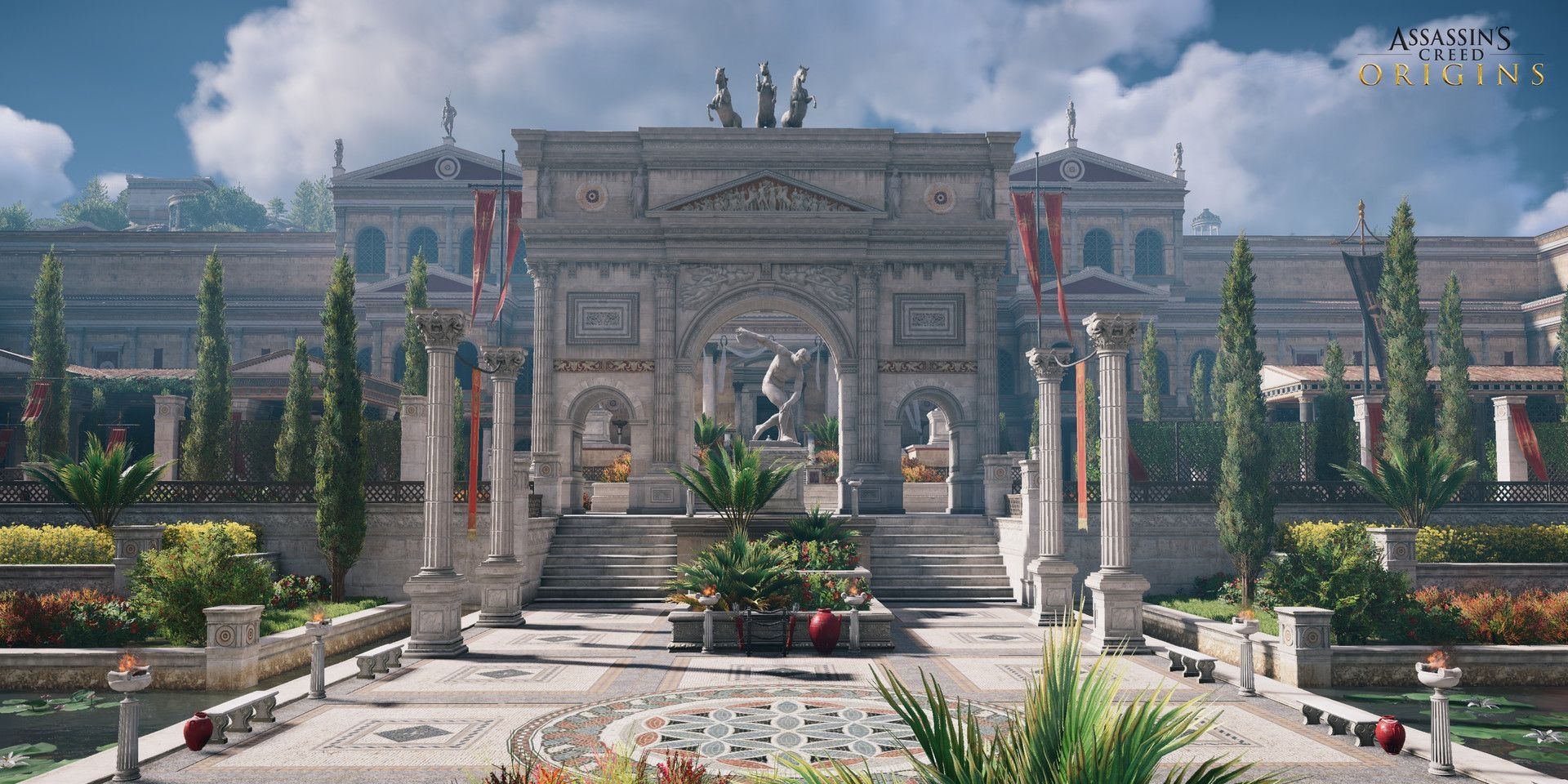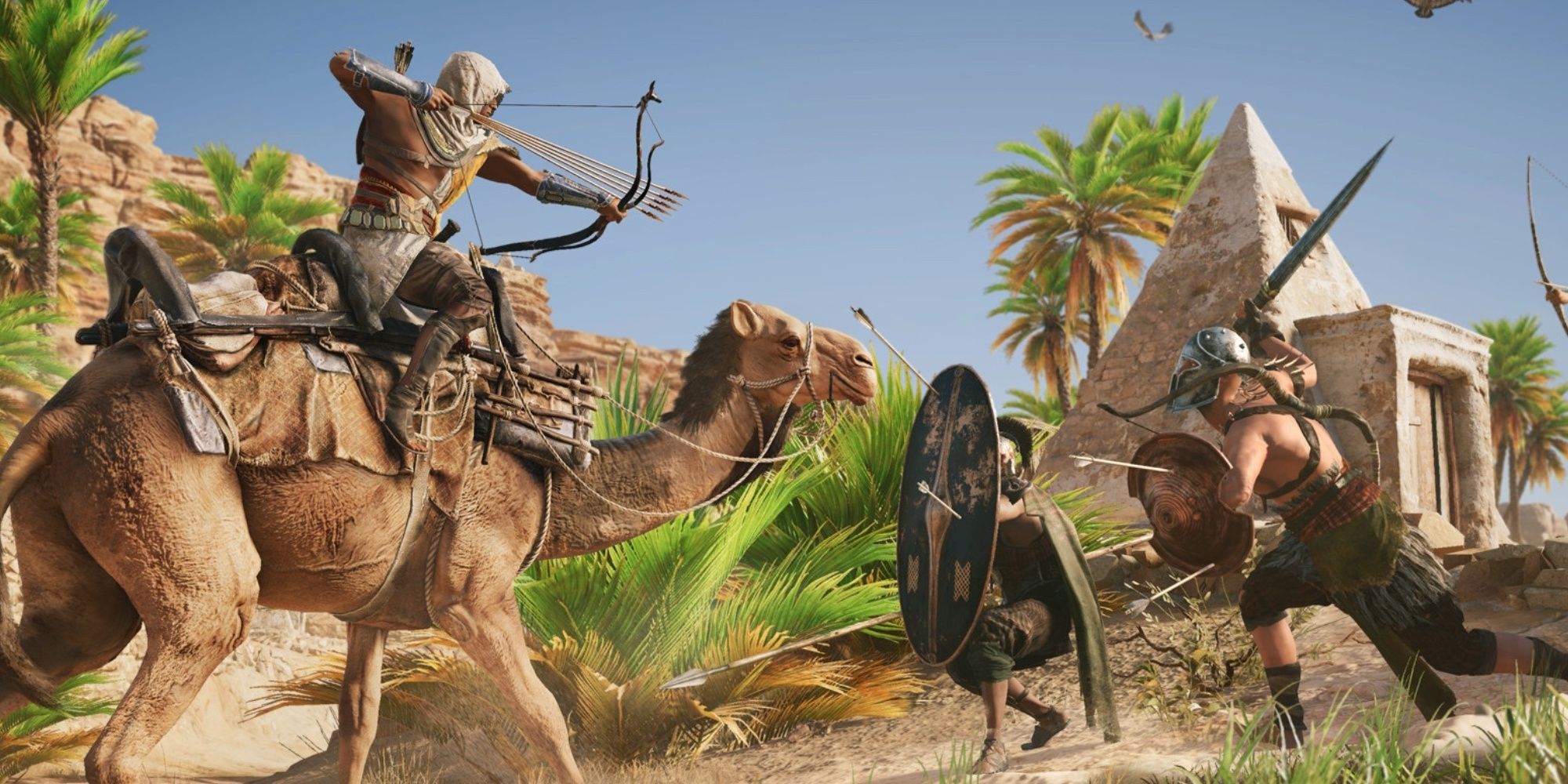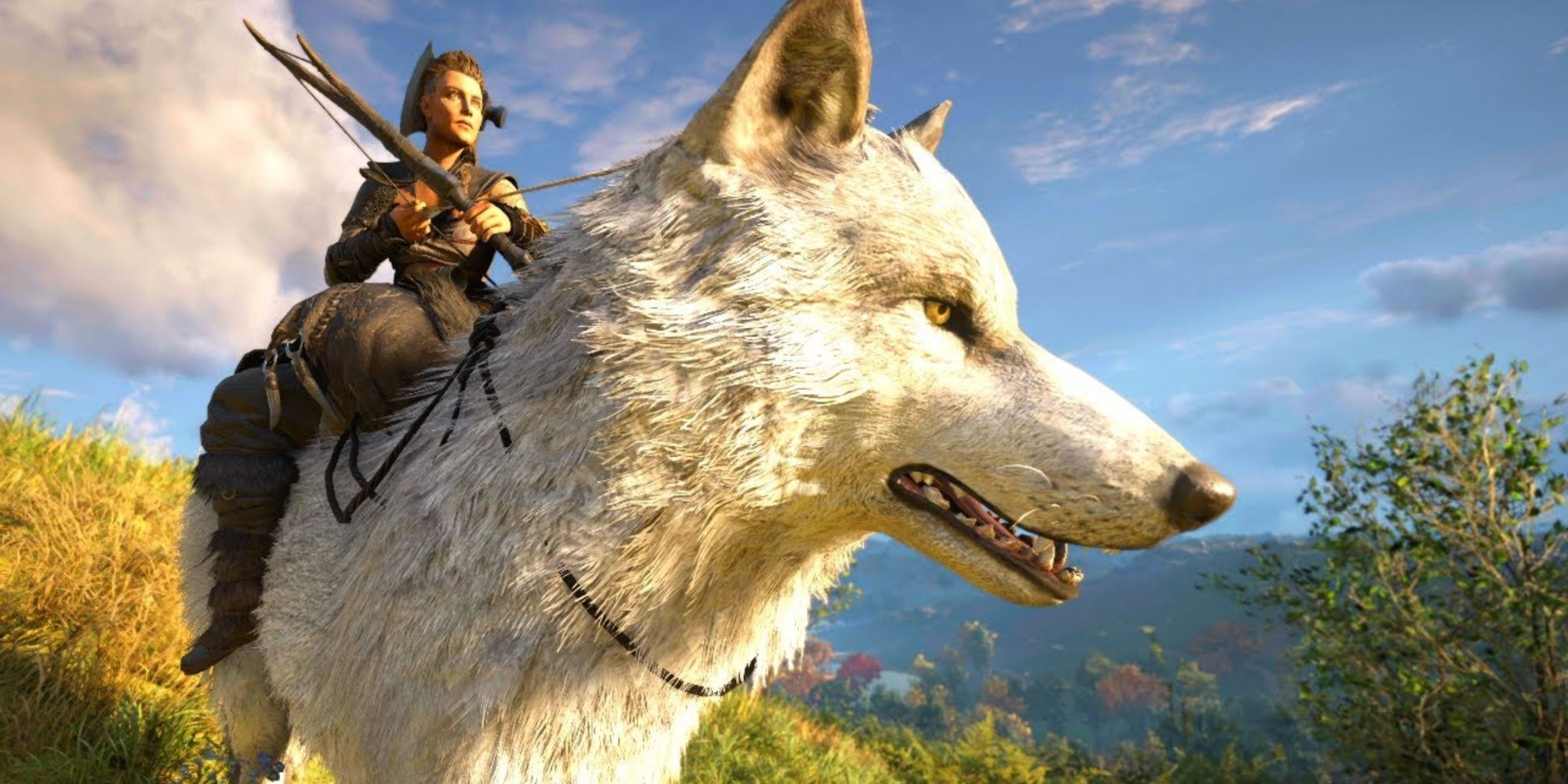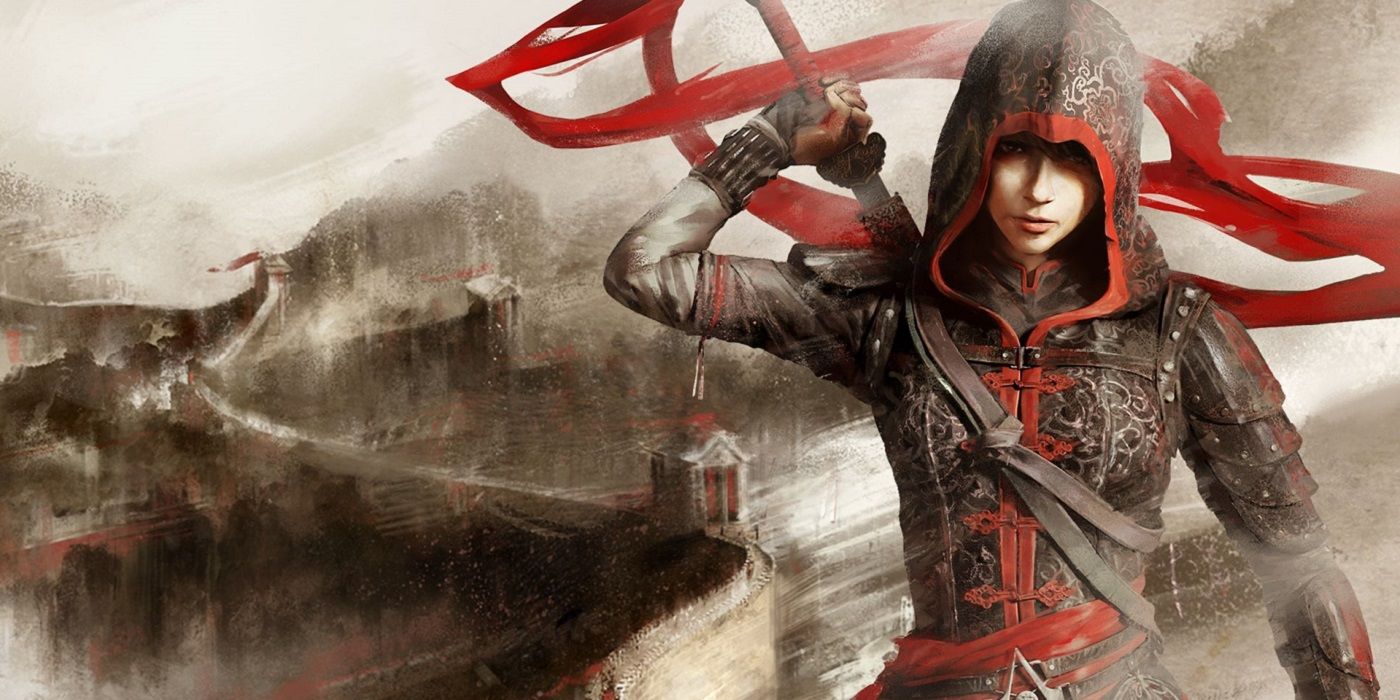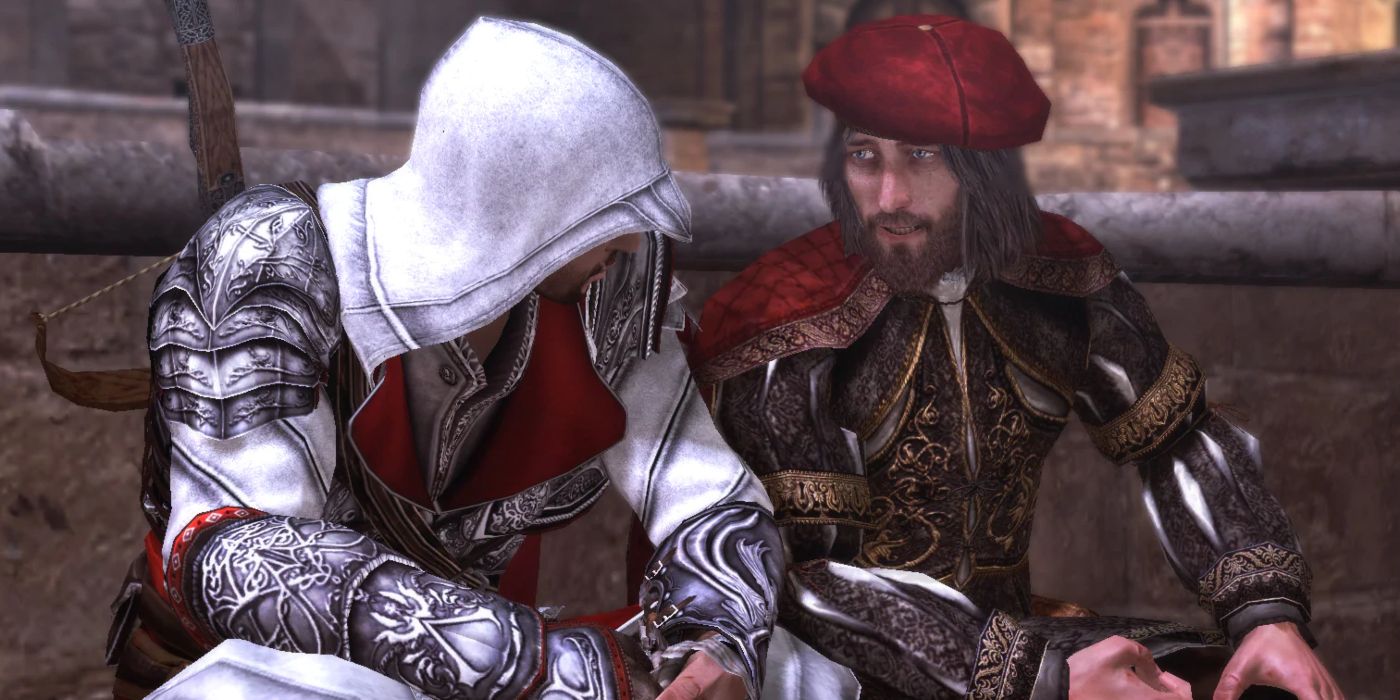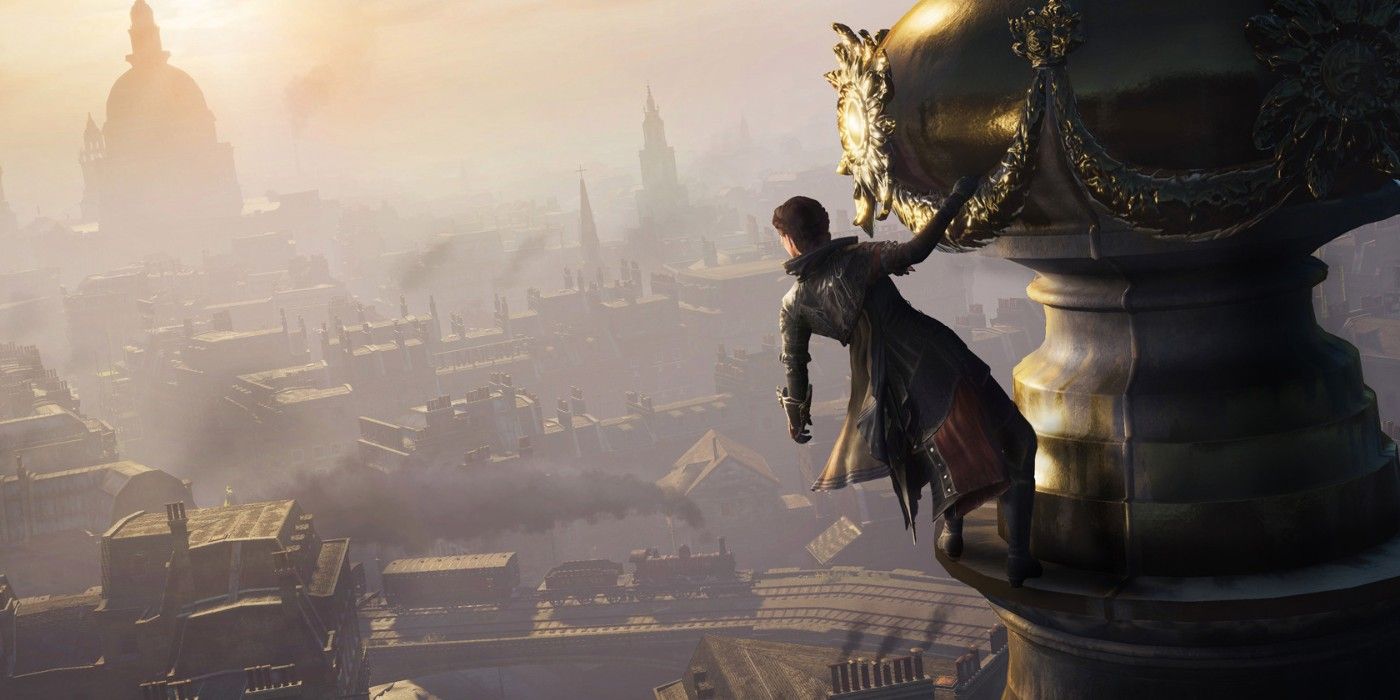Best Assassin’s Creed Setting To Bring Back

[ad_1]
Highlights
- The Assassin’s Creed series frequently explores different historical settings, and the recent games have returned to the series’ roots by focusing on the Middle Ages and medieval settings.
- There are still many historical eras and locations that haven’t been fully explored in Assassin’s Creed games, such as Ancient Rome, Ancient Egypt, Imperial China, and the Renaissance.
- Fans are eager to see more of the Golden Age of Piracy and the British Empire, including the possibility of exploring different parts of the world and significant historical figures in those time periods.
The Assassin’s Creed series has gained a reputation for its detailed reconstructions of historical locations and events. It has become something of a selling point. Each game takes place in a new historical setting, usually following a new protagonist through a detailed reconstruction of the world as their story inevitably intertwines with actual history.
The series has covered a wide range of ground when it comes to different eras, which so far range from the Peloponnesian War (431-404 BCE) to the Industrial Revolution of the 19th century (and even later if you include Chronicles). But recently the series has experienced something of a return to form. The original game was set in the Middle Ages, during the Crusades. Fans would see yet another medieval setting with Valhalla, which focused on Viking-occupied Britain, and now Mirage brings players to Medieval Bagdad.
The interest in returning to the Middle Ages is an interesting one. Obviously, it would not be possible to fit the entire Medieval Period into a single game, but each entry brings a drastically different part of the era into the spotlight. The same can also be said for other settings covered by the games. Many of these have some excellent opportunities to explore new stories, whether by exploring the same place at a different time or looking at a different part of a major era.
Updated on October 6, 2023: Assassin’s Creed Mirage is finally out, allowing players to witness Basim’s story first-hand. Although the setting itself is new, the 2023 release is otherwise a throwback to the franchise’s classic style, including a heavier focus on stealth.
7 Ancient Rome (753 B.C. – 476 A.D.)
Rome remains one of the most iconic civilizations of the Ancient World, and one of the most controversial. On the one hand, they made some incredible advancements in technology and architecture that still amaze historians. On the other hand, they were a class-divided warmongering society built on xenophobia, misogyny, and slave labor. Either way, one can’t deny the impact Rome would have on the ancient world.
Yet surprisingly there hasn’t been all that much done with it in Assassin’s Creed. Roman ruins can be explored in Brotherhood and Valhalla, with Origins the only one to actually show any part of Roman history. And even then, Rome itself was only accessible during the final level when Aya instigated the famous assassination of Julius Caesar.
With a history spanning over a thousand years, there are a lot of options for a Roman game. A prequel to Origins could explore the Third Servile War started by Spartacus. A direct sequel could show the rise of Augustus Caesar as the first emperor. Past that, there is no shortage of corruption and intrigue that might get the assassins’ attention. There are plenty of corrupt emperors to choose from: Caligula, Elagabalus, Nero, and Commodus. Alternatively, they could look at how other countries were affected by the Roman occupation. They could even experiment with a game set near the end where the player finally sets the Empire’s decline into motion.
6 Ancient Egypt (3100 B.C. – 332 B.C.)
Egypt is perhaps one of the most famous cultures of the Ancient World. They had one of the longest-running civilizations in history. Their advancements in science and mathematics produced some of the greatest architectural marvels the world has ever seen. Assassin’s Creed finally visited Ancient Egypt in Origins, but the game takes place right at its end as the Romans start to come in. A bit part of the game’s atmosphere comes from the increasing sense that Egypt as Bayek knows it is dying and being replaced by something else. While the game does allow Bayek to explore ruins that would have been incredibly ancient even for him, the story of Cleopatra and Caesar has been done a lot, and there are plenty of stories to tell about Egypt at its peak.
RELATED: Assassin’s Creed Memes That’ll Make You Laugh
There is a lot of material to go over with Egypt’s history, both in terms of events and historical figures. Going back to the days of the Pharaoh Djoser would allow players to meet the legendary architect Imhotep and witness the construction of the first pyramid. A game set during the reign of Hatshepsut could take advantage of the real-life conspiracy to erase her from historical records (the reasons for which are still debated by historians). Akhenaten’s attempts to convert the Egyptian religion could certainly open up a world of intrigue, or they could look at his famous son Tutankhamun. Or, the series could explore the rivalry between Egypt and Nubia. There are so many options here!
5 Vinland – Viking Age (793 A.D. – 1066 A.D.)
Assassin’s Creed Valhalla was mostly set in England, but it did have one notable level where Eivor travels to North America, specifically a place called the Vikings called “Vinland.” (Its exact location is disputed, but generally believed to be located in Canada’s eastern seaboard). While some Vikings had already been exploring the area, Vinland would not actually be colonized for a couple of centuries. A game set after Valhalla could look at the Vikings’ efforts to settle in North America, even if some guesswork might have to be done for its geography. However, there is one place that could definitely be featured as a location: Greenland, which was historically named and colonized by Vikings. This on its own could be the basis for an interesting story.
A follow-up to Valhalla could follow the famous Viking, Erik the Red as he tries to build a settlement in Greenland, which in turn would open the door to an open-world Vinland. His daughter, Freydis, could certainly work as an assassin. And there is an obvious point of conflict: the encroaching influence of Christianity, possibly under Templar influence.
4 Imperial China (900-1912)
The first installment of Assassin’s Creed: Chronicles took place in Medieval China, during its Imperial Period. This was a period that began with the dissolution of the Mongol Empire in the 1300s and ended after the British Empire removed the last emperor in the early 20th century. During that time, China was united under three different dynasties and saw various ups and downs as it became increasingly isolationist. Chronicles follows Shao Jun through the Ming Dynasty, which was well-known for its corruption. Unfortunately, there was only so much that could be done with a short side-scrolling adventure. A full game would leave a lot more room to explore Chinese culture and interact with historical figures. Imagine being able to parkour over the famous Great Wall.
That said, while the Ming Dynasty would make a great setting, there are other parts of Imperial China that might also be worth exploring. Moving a bit earlier would mean being able to follow its beginnings at the hands of Kublai Khan. Moving later into the Qing dynasty could allow room to explore the social and political instability that came when Britain began encroaching on China. Both could make interesting stories.
3 The Renaissance (14th-17th Century)
Assassin’s Creed 2 set a pattern for the series by moving from the medieval setting of its predecessor and instead exploring the Italian Renaissance with a new protagonist. The game proved such a huge hit that it got two direct sequels continuing Ezio Auditore’s story and expanding on the setting. Revisiting the Renaissance would have the potential selling point of reconnecting with some familiar faces, including some major historical figures, but it would also have the ability to bring something new to the table by exploring some of the complex social and political upheavals of the era that couldn’t fit in the original games. Obviously, the Renaissance was not confined to Italy, and Revelations experimented with moving the setting to Constantinople instead. But there are certainly other locations that could be worth exploring.
One possibility would be to look at England. At this point, it would have been ruled by the Tudors, a line that produced some interesting characters with a lot of drama like the infamous Henry VIII and Queen Elizabeth I. Another option would be to move to Germany and explore the Protestant Reformation under Martin Luther, which famously challenged the Catholic Church’s position of power. Yet another possibility would be moving to France under Catherine De Medici, or Russia under Ivan the Terrible. The list goes on. Even if Ezio’s story is more or less concluded, there is still a lot that could be done with the Renaissance setting fans loved so much.
2 The Golden Age of Piracy (1650-1730)
After Assassin’s Creed 3 introduced ship combat as a mechanic, Black Flag decided to build on it with a game all about piracy. The game was a smash hit and remains one of the most popular titles of the series. Although the pirate angle was partially revisited in Rogue and Odyssey, many fans would love to see more of piracy’s “Golden Age.” This might seem like a strange choice at first. After all Black Flag was pretty thorough in its portrayal of real-life pirates and most of them were dead by the game’s end. However, there are still a few options. The original game was set in the Caribbean, so one option could be exploring the impact of piracy on other parts of the world. Black Flag had portions set in Africa. Maybe that could be expanded into a new setting. Moving forward a couple of decades and moving to China would make it possible to bring in Ching Shih, often considered the most successful pirate in history.
However, there were a few notorious pirates who didn’t make it into Black Flag simply because their pirating careers ended before 1715 when the game began. A prequel could rectify that by looking at famous pirates of the 1600s, such as the famous privateer Henry Morgan or the psychotic Francois L’Olonnais. And of course, there is the infamous Captain William Kidd, a pirate who has been mentioned several times but has yet to make an actual appearance.
1 The British Empire (1497-1997)
Interestingly, England has already been the main setting of two different games: Assassin’s Creed: Syndicate and Valhalla, but there is still a lot to be done with Britain and its Empire. When people talk about the “British Empire” they are often thinking of 19th Century Britain under Queen Victoria, which itself could be worth revisiting. Syndicate only took place in London, but the Empire at that point covered nine-tenths of the world, leaving a lot of opportunities to explore its many colonies. Perhaps the most obvious choice would be to look at Colonial India, maybe even bringing in the famous activist Mahatma Gandhi. Africa would also be a great choice, perhaps getting into the Anglo-Zulu War of 1879. But the Empire existed long before Victoria came on the scene, and there were a lot of great options before that.
For instance, the series hasn’t revealed a lot of the Georgian Era. The Kenway Saga technically happens during this time, but it is primarily focused on the Americas. A game set in Georgian England could have some interesting opportunities. Aside from finally portraying the infamous “Mad King” George III, it could also bring in famous highwaymen like the legendary Dick Turpin. Depending on exactly what part of the era it was happening in, it could also put an interesting spin on Assassin’s Creed 3 by showing the American Revolution from the British perspective, something not seen very often.
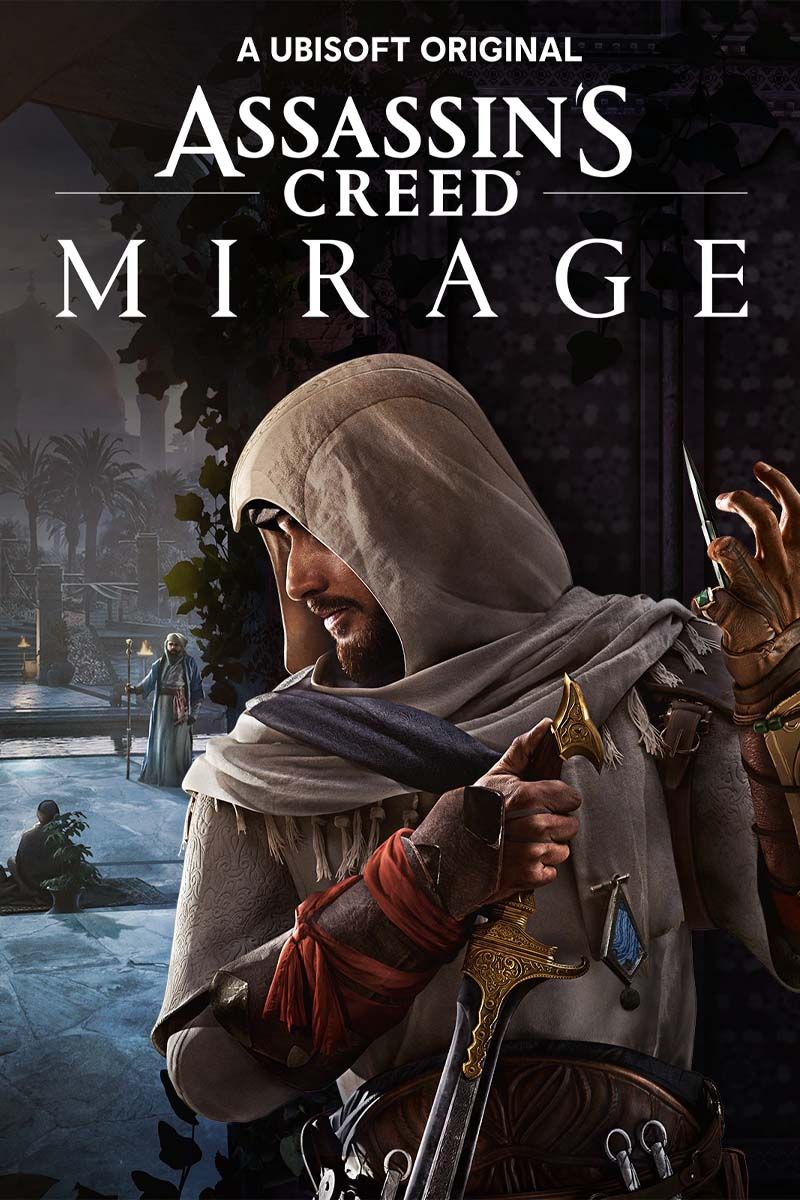
Assassin’s Creed: Mirage
- Platform(s)
- PC, PS4, PS5, Xbox One, Xbox Series X, Xbox Series S
- Released
- October 12, 2023
- Developer(s)
- Ubisoft Bordeaux
- Genre(s)
- Action-Adventure
Source link
